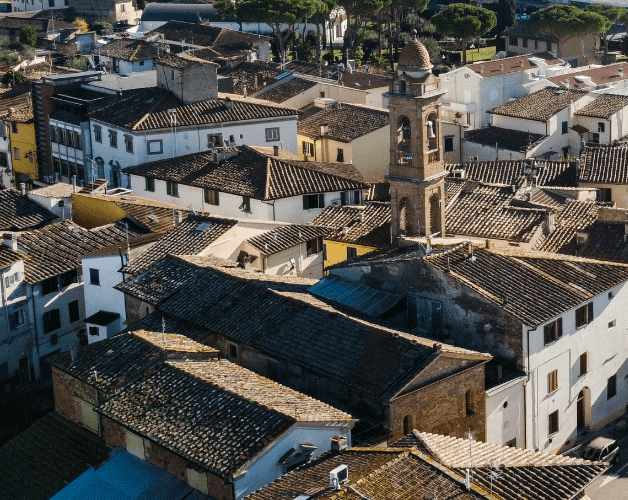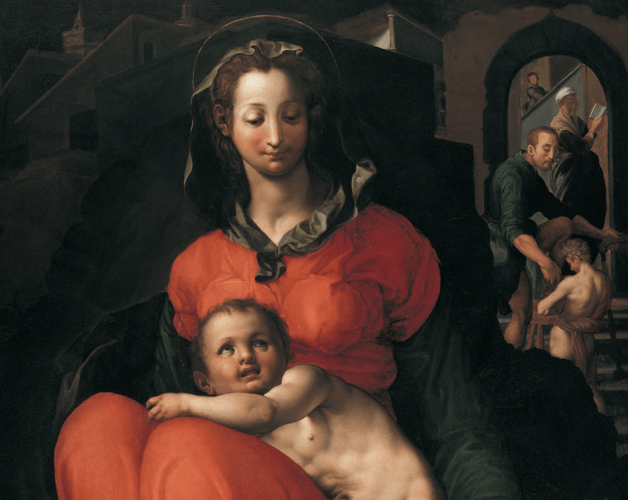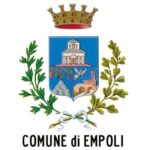
Pontorme, a small suburb at the edge of Empoli, is one of the city’s fractions, but this was not always the case. Read on to discover the history of this old, fortified settlement – and why you should visit it.
People first came to the area during the Longobard period, but historical information about the settlement first starts to become more reliable in the 12th century. That was when Pontorme became a small hamlet belonging to the Alberti counts and rival of the nearby hamlet of Empoli, founded in 1119 by the Guidi counts. The Romanesque churches of San Michele Arcangelo and San Martino, open to visitors and filled with art, were also built at the end of the century. Later, like Empoli, Pontorme became a part of the Florentine countryside, and it was thanks to that city that the hamlet was fortified in 1365, traces of which can still be seen in its narrow streets and small squares.
For many, the name Pontorme will call to mind the famous Mannerist painter Jacopo Carucci, better known as Pontormo, who was born in the hamlet on 24 May 1494. Orphaned when he was just ten years old and already training to be an artist in the leading Florentine workshops at the age of thirteen, Pontormo only spent the first years of his life in Pontorme, in a house identified by Ugo Procacci in 1956 with the support of numerous documentary sources. Today, the Casa del Pontormo is a museum devoted to the painter, his work and his life, and is a member of the National Association of Historic Homes. The museum preserves a copy of the artist’s diary, a few facsimiles of his drawings and a 16th-century panel painting of the Madonna of the Book. The original version of this remains unknown and has been described as “unquestionably the most copied work” by Pontormo “and, in all probability, the most copied Madonna of the whole Florentine 16th century”.

Pontormo also left his home village two extraordinary panel paintings. The ones of Sts. Michael the Archangel and of John the Evangelist, completed in 1518 and still on view today in the church of San Michele Arcangelo.
